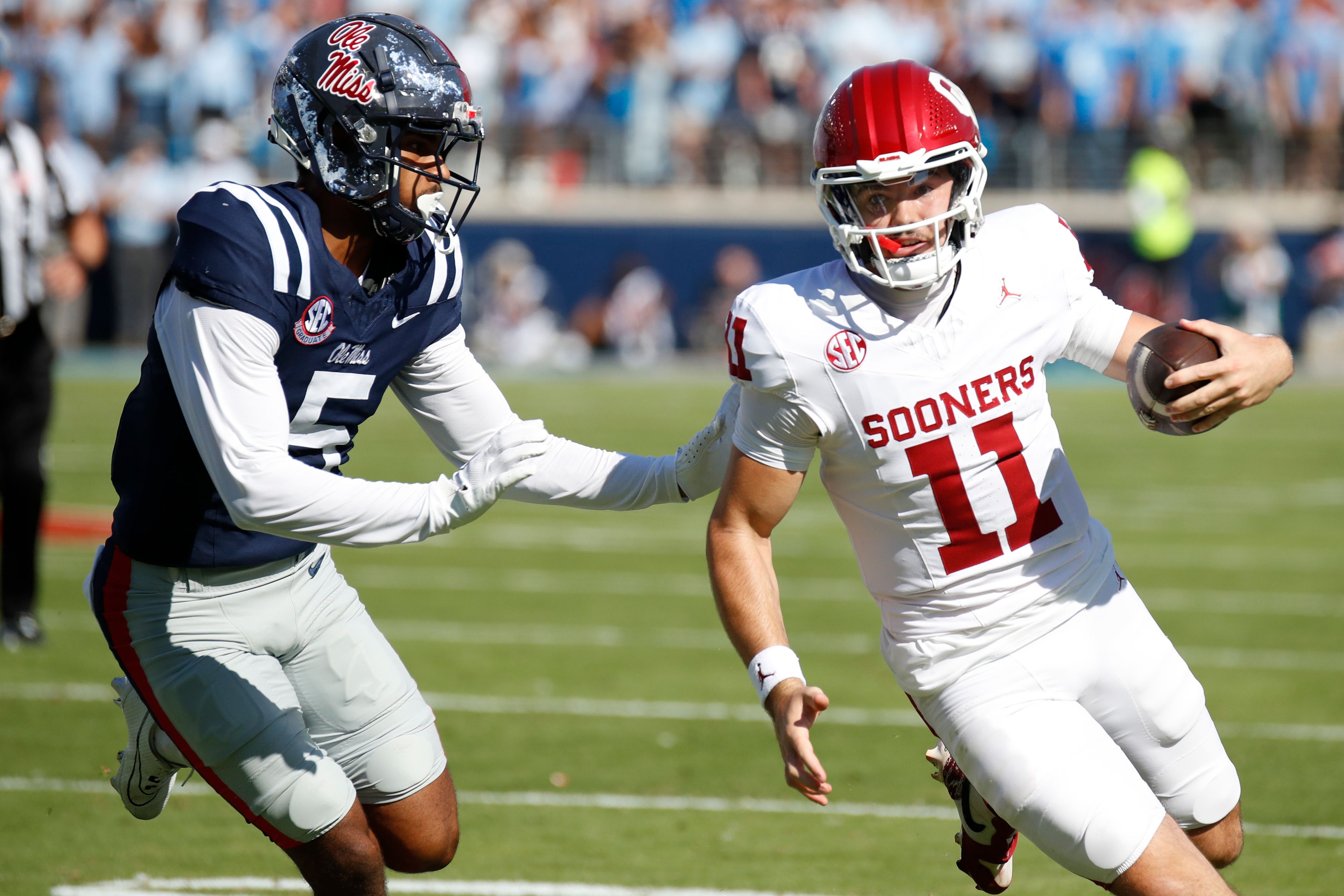Disease concerns Missouri officials
Chronic wasting disease among deer hasn't yet become a threat to Missouri, but the Missouri Department of Conservation says it is concerned about the spread of the disease that already has been reported in neighboring states. A.J. Hendershott of the MDC said Monday that hunters should watch for deer with symptoms of the disease when the archery season begins today in Missouri. ...
Chronic wasting disease among deer hasn't yet become a threat to Missouri, but the Missouri Department of Conservation says it is concerned about the spread of the disease that already has been reported in neighboring states.
A.J. Hendershott of the MDC said Monday that hunters should watch for deer with symptoms of the disease when the archery season begins today in Missouri. A widespread sampling of deer when firearms season begins in November could give the MDC a better indication of whether the disease has arrived.
"It's a threat real enough that we're taking it very seriously," Hendershott said. "We have no evidence that the disease is in Missouri, but we're paying close attention to make sure it's not."
The disease is carried through the animal's nervous system and may make the animal appear confused, abnormally lean and jumpy. It's related to mad cow disease in cattle and Creutzfeldt-Jakob disease in humans. All three diseases are caused by mutant proteins called prions, which create spongelike holes in the brain.
During the 1990s, scientists confirmed that people in Europe developed Creutzfeldt-Jakob disease from eating beef from cattle infected with mad cow disease. The finding devastated Europe's beef industry.
If elk and deer meat prove to be a similar threat in the United States, the effects would not be nearly as disastrous, in part because beef eating is more widespread. But such a finding could raise fears of the disease spreading from wild animals to livestock and endangering the food supply.
Hunting where the disease is known to exist would drop off dramatically, said Steve Torbit, a National Wildlife Federation biologist.
"It may be possible hunting persists as a way to collect hides or heads and antlers," he said. "It's a rocky ride we're in for."
In 1999, a World Health Organization panel concluded there was no evidence that chronic wasting disease can infect humans, but said no part of a deer or elk believed to be infected should be eaten.
Colorado, Wyoming, Wisconsin, Kansas, Nebraska, Montana, Oklahoma and South Dakota already have reported the disease and have taken steps to combat it, including the slaughter of thousands of suspected deer and elk. Illinois officials enacted new regulations about carrying deer across state lines and now prohibit the import of deer that have not been deboned.
Missouri officials considered a similar law and suggest that deer be deboned before crossing state lines. Suspected deer should be reported to MDC offices.
A sampling project on the first weekend of firearms season Nov. 16 and 17 is expected to produce about 200 donated deer head for testing in several Missouri counties, including Bollinger, Madison and St. Francois. They'll be taken to Columbia for testing.
The MDC hasn't announced what steps would be taken if the disease if found among Missouri deer.
"The state would have to determine what the best course of action would be," Hendershott said. "For us, this is about as new a disease that you can get. We don't have a lot of experience with it, so we're watching other states to see how they're dealing with it and what would best work here."
335-6611, extension 174
The Associated Press contributed to this story.
Connect with the Southeast Missourian Newsroom:
For corrections to this story or other insights for the editor, click here. To submit a letter to the editor, click here. To learn about the Southeast Missourian’s AI Policy, click here.







